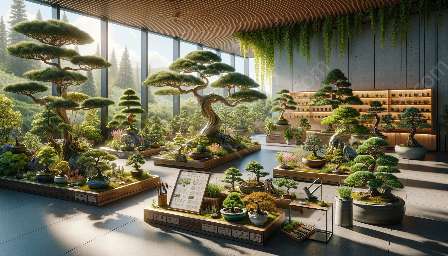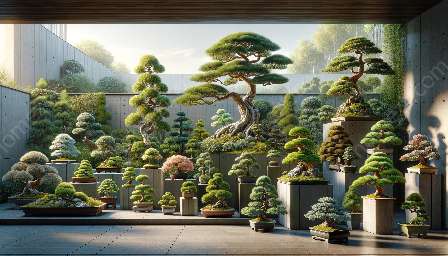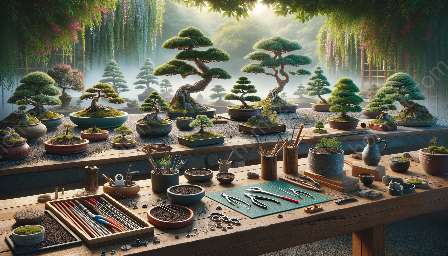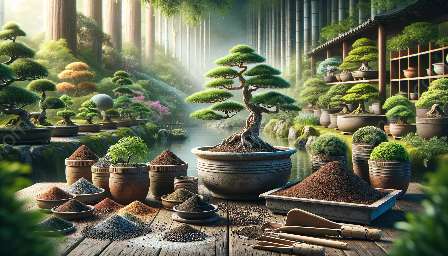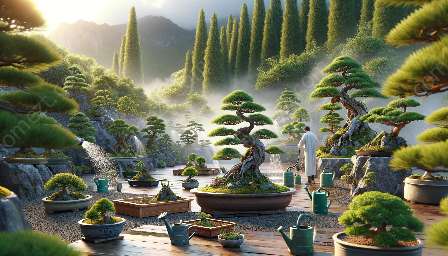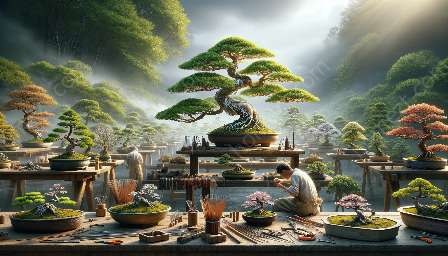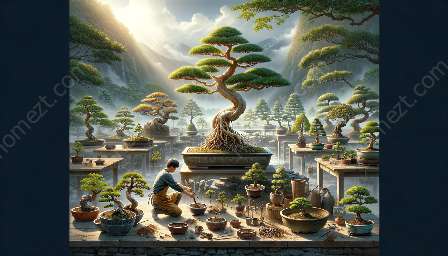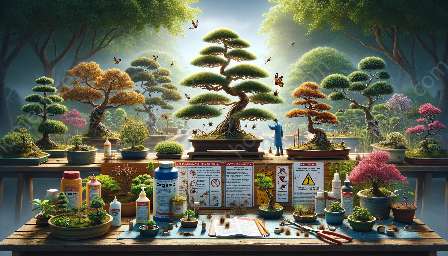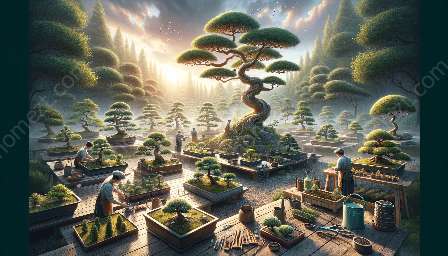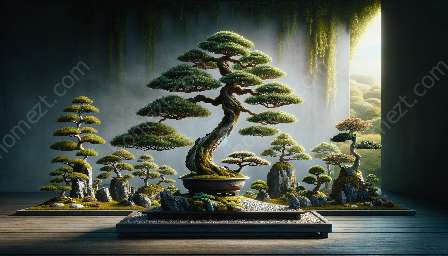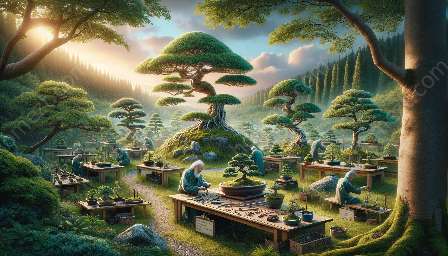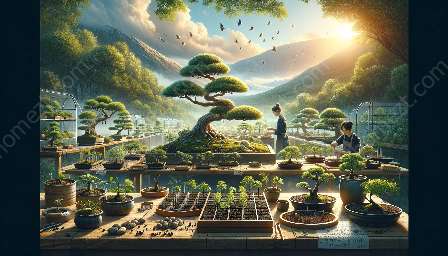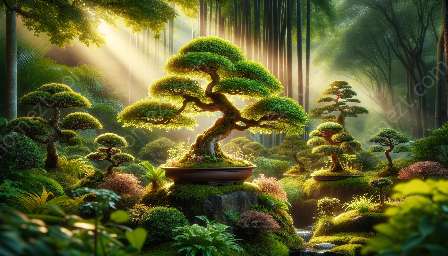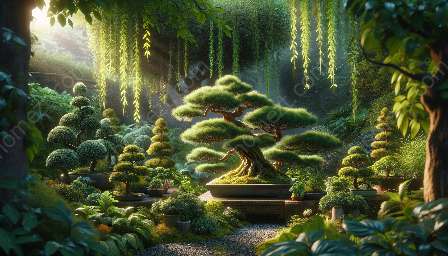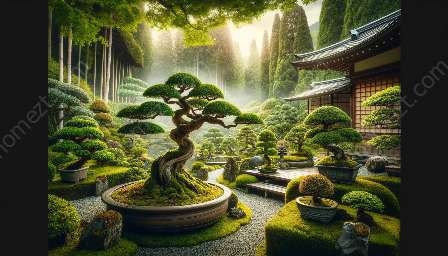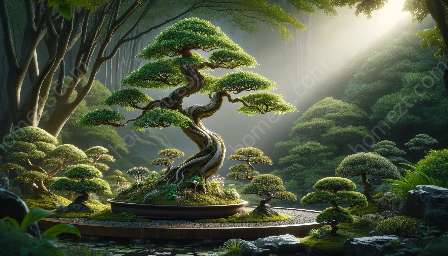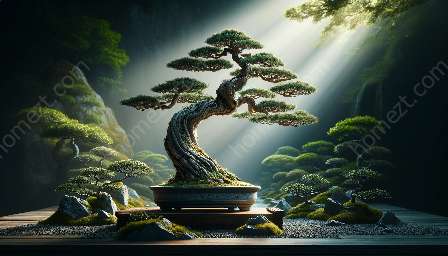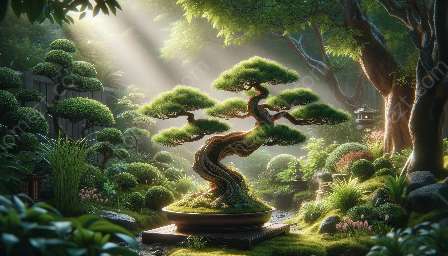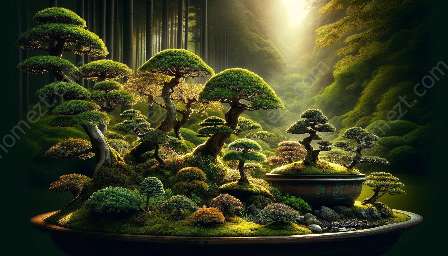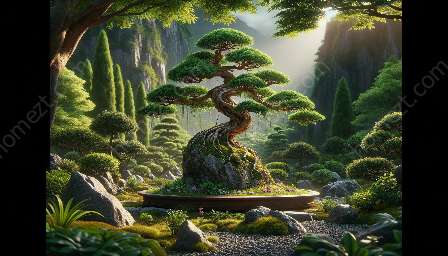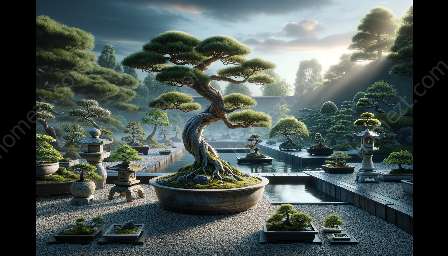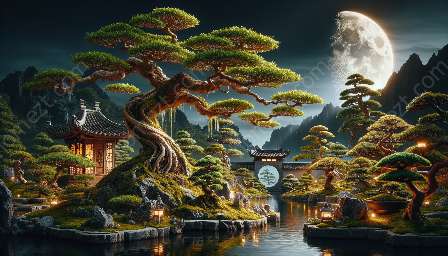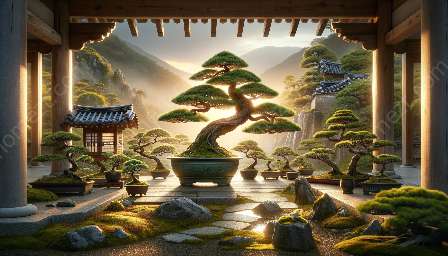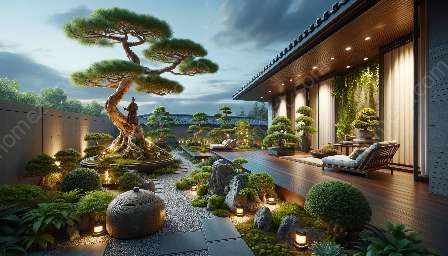Explore the alluring world of bonsai forest styles, which perfectly aligns with bonsai cultivation, gardening, and landscaping. Learn the techniques, varieties, and aesthetics of creating a beautiful bonsai forest that captures the essence of nature.
Understanding Bonsai Forest
Bonsai forest, also known as 'yose-ue' in Japanese, is a captivating bonsai style that mimics natural forests in miniature form. This style involves creating a harmonious composition of multiple trees within a single bonsai pot, producing a mesmerizing forest-like scene.
Techniques for Creating Bonsai Forest
Creating a bonsai forest requires careful planning and attention to detail. Various techniques are employed to achieve the desired aesthetic and balance within the composition. These include:
- Selection of Tree Varieties: The choice of tree species plays a crucial role in capturing the essence of a natural forest. Deciduous, coniferous, or a combination of both can be used to evoke different forest styles and seasons.
- Arrangement and Placement: Careful consideration is given to the positioning and arrangement of trees to create depth, perspective, and a sense of natural randomness.
- Root and Trunk Integration: Interweaving and integrating the roots and trunks of individual trees contribute to the cohesive appearance of a bonsai forest.
- Pruning and Training: Regular pruning and training are essential to maintain the miniature scale and natural appearance of the forest.
Varieties of Bonsai Forest
Bonsai forests can consist of various styles such as:
- Deciduous Forests: Embodying the beauty of seasonal changes, deciduous bonsai forests showcase the vibrant colors of spring, lush greens of summer, and fiery foliage of autumn.
- Coniferous Forests: Featuring the timeless appeal of evergreen trees, coniferous bonsai forests evoke the tranquility of mountain landscapes and enduring beauty.
- Mixed Forests: Combining different species and leaf shapes, mixed bonsai forests offer a diverse and visually captivating representation of a natural woodland.
Bonsai Forest in Bonsai Cultivation
The art of cultivating bonsai forests not only involves horticultural skills but also requires a deep appreciation for the harmony between nature and artistic expression. Bonsai cultivation enthusiasts can gain valuable insights into forest styles to expand their repertoire and enhance their understanding of miniature tree landscapes.
Bonsai Forest in Gardening and Landscaping
Bonsai forests offer a unique perspective in gardening and landscaping. They provide an opportunity to bring the enchanting beauty of natural forests into outdoor or indoor spaces, serving as striking centerpieces or serene additions to garden landscapes. Incorporating bonsai forests in landscaping projects can introduce a sense of tranquility, harmony, and natural allure.
In conclusion, delving into the art of bonsai forest styles enriches the world of bonsai cultivation, gardening, and landscaping with its captivating aesthetics and unique approach to miniaturizing nature. Whether you are a bonsai enthusiast, gardener, or landscaper, the art of creating bonsai forests offers a truly enchanting and rewarding experience.

